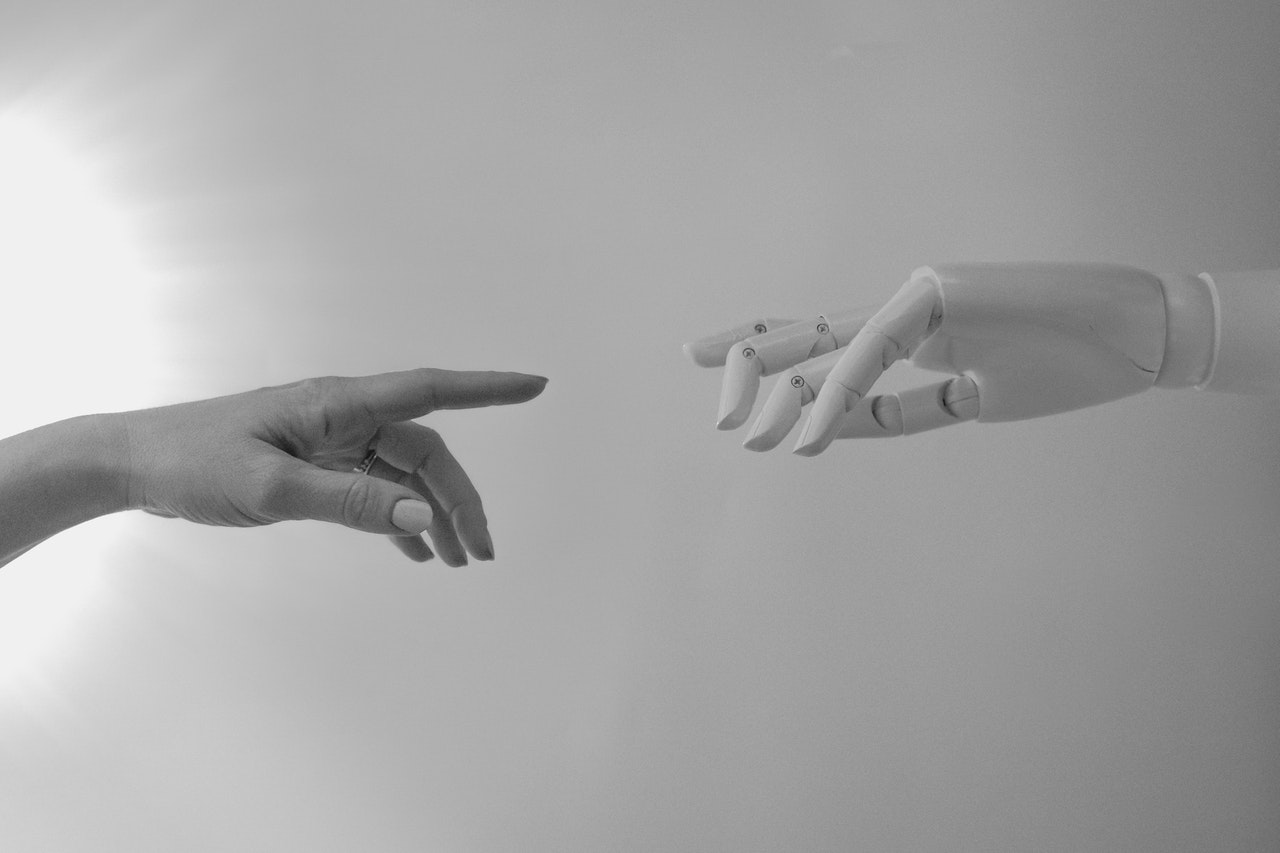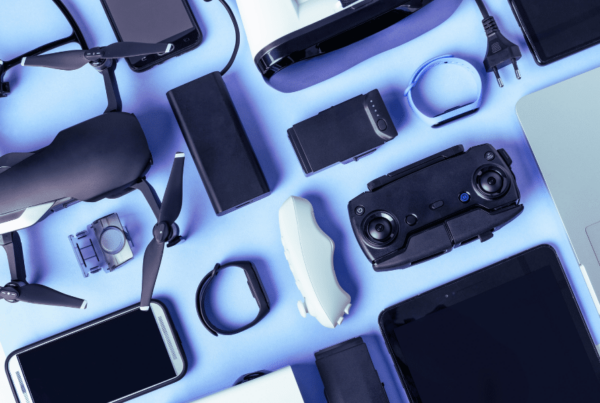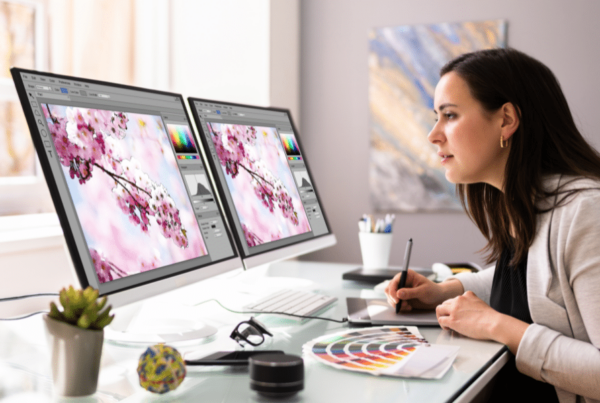“Just because I look like Herman Munster’s stuntman doesn’t mean to say I can’t appreciate art.”
-Kryten, Red Dwarf: Legion
Artificial Intelligence is everywhere.
It’s in our TVs, computers, phones, cars, keeping everything ticking along nicely. An AI editor is assisting me to write this article. While we do so, the smart speaker knows what music I like and streams accordingly.
Advanced AI uses algorithms to pull and analyse data, then make predictions and actions based on that data, so the Bots or robots that it powers can get on with all those boring repetitive things we’d rather not do. So far, so controllable, predictable and safe.
But perhaps the greatest test of Artificial Intelligence is what it can do for itself.
Ada Lovelace, the first-ever computer programmer and heroine to Geeks everywhere, wrote that you can only consider a machine’s intelligence equal to a human if it can create original ideas. Much like the Turing test, we use the Lovelace Test to measure a machine’s creativity. To this end, let’s look at some ways we are challenging AI to pass this test.
Neural Style Transfer on Images
While working on a Facial recognition algorithm, called “DeepDream”, Google employee Alexander Mordvintsev found something strange. If he reversed the process to insert face-like images into a picture, it can create a psychedelic vision available to only the sensitive, lyrical soul of a robot or someone strung out on LSD.
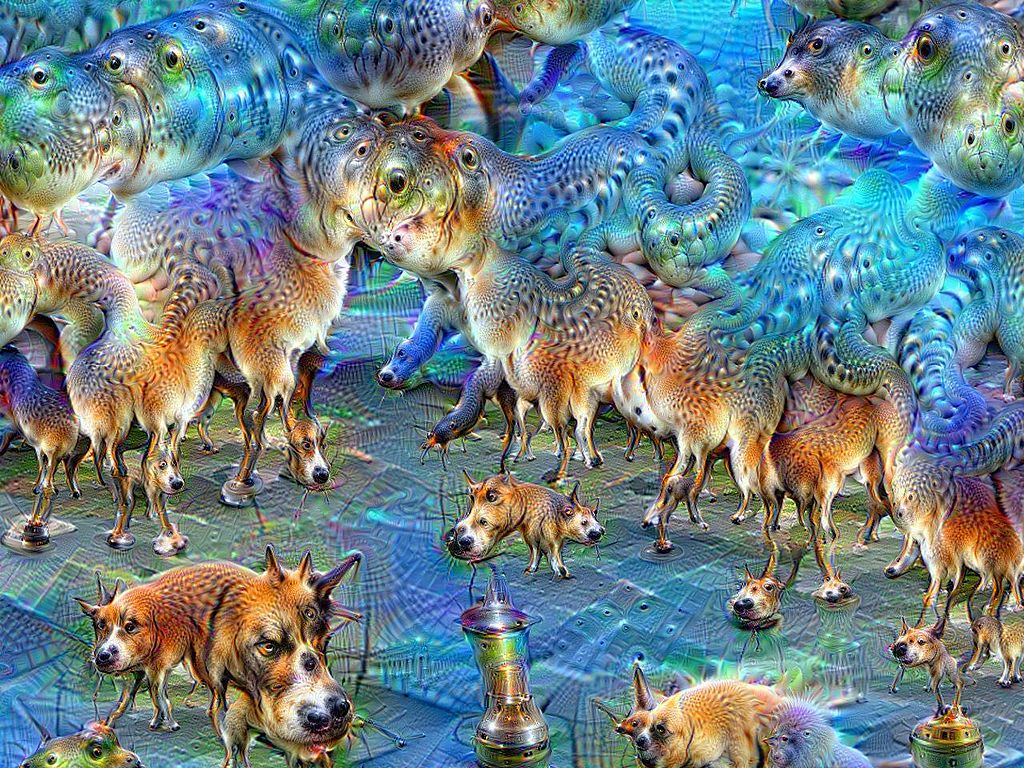
Figure 1By MartinThoma – Own work, CC0, https://commons.wikimedia.org/w/index.php?curid=45488198
Artificial Intelligence can create these Eye-bending pictures using one of two methods: Neural Style Transfer or Generative Adversarial Networks (GAN). Put simply, Neural Style Transfer is the AI being “shown” two images and applying the style of one to the other, a little like a digital photo filter.
Artworks created via GAN mirror a human creative process more closely. Engineers have previously “Taught” the program using thousands of examples of artistic styles, then require it to create a new picture using algorithms based on those examples. The separate Critic program will then judge whether it is close enough to real art to pass. There is no human input at all. An example of AI Art called “Portrait of Edmond De Belamy” sold for $432,500 in 2018.
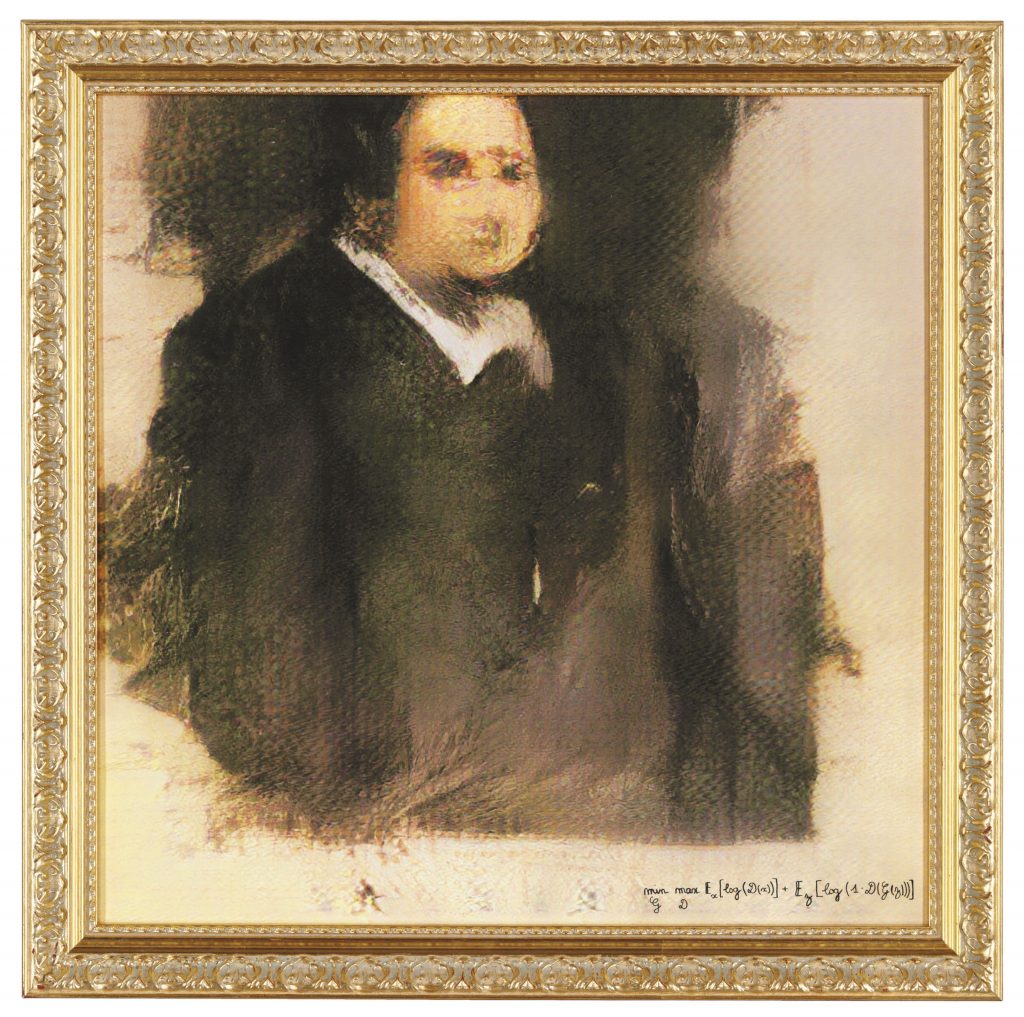
You can find these artworks in galleries around the world and online. Masterpiece art without the pretentiousness and angst? I’ll take that.
Composing Music
Now, you can easily teach a machine to read a musical score and play an instrument – in fact, you can find many YouTube videos demonstrating this. Self-playing instruments have existed in some form for about 100 years. But if the test is for a robot to compose music, there are websites which uses AI to create your own original musical tracks, using its algorithms and knowledge of different genres. It’s especially useful if, like me, you have the musical talent of a cardboard box. Check this out:
This was created using Aiva, a site where you can select the style of music and any preliminaries you wish, and the AI will compose you a symphony from scratch.
However, if you want to see a robot in concert, SHIMON is a marimba-playing robot that learns from his band fellows and improvises on the fly. You can see him in action here.
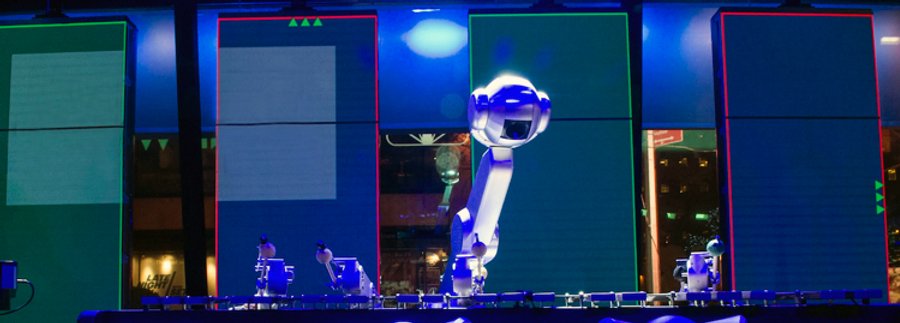
Shimon has some impressive credentials. Built and “Trained” in the Georgia Institute of Technology using thousands of songs, riffs and motives, he has toured the world to demonstrate his learning and improv skills.
The only thing worrying me is that someday, someone will find a way to add this programming to those creepy robot bands from the Pizza Restaurants…
What else is on our cultural buffet table?
Poetry
A quick google will reveal a wealth of online Poet-bots that will generate a fairly comprehensive verse for you in a few seconds. These seemingly simple bots work in a similar fashion to the other AI in this article. They are first “Taught” about poetry with examples of other poets. Then asked to generate a poem based on one or more of those styles. While these produce mixed results, it does appear that different bots have different styles. The poetry of GoogleAI, which was given thousands of unpublished works to draw from, seems to be written by a love-lorn teenager,
there is no one else in the world.
there is no one else in sight.
they were the only ones who mattered.
they were the only ones left.
he had to be with me.
she had to be with him.
i had to do this.
While the Poem Generator of Bored Humans, raised on Modern poetry, has a free-style flow that would suit a performance artist.
I said you’re lucky I guess you’re lucky
I see you in a dream I see you breathing on
I don’t know what kind of girl you are you
And I know that you want it that way
There’s something missing in my heart
I can’t say for certain if any of the above would pass the Lovelace test. Maybe some of these artistic offerings moved you, or you may think it’s just computer trickery. After all, the program is not trying to express its inner turmoil, or its heart’s desire. AI is growing ever more complex, thanks in part to a form of Algorithms called Evolutionary. These Algorithms attempt to mimic biological evolution by constantly reproducing and mutating. We teach it as we would teach anyone, providing examples and suggesting something based on them, in the hope they will develop their own style along the way.
Without wanting to get into a discussion about what constitutes as art, as long as what you see or hear provokes a genuine emotional reaction, who cares who or what created it? Perhaps by teaching robots to be more like us, we are learning more about what it means to be human.
Love, the cultivated Lucidica Bard

